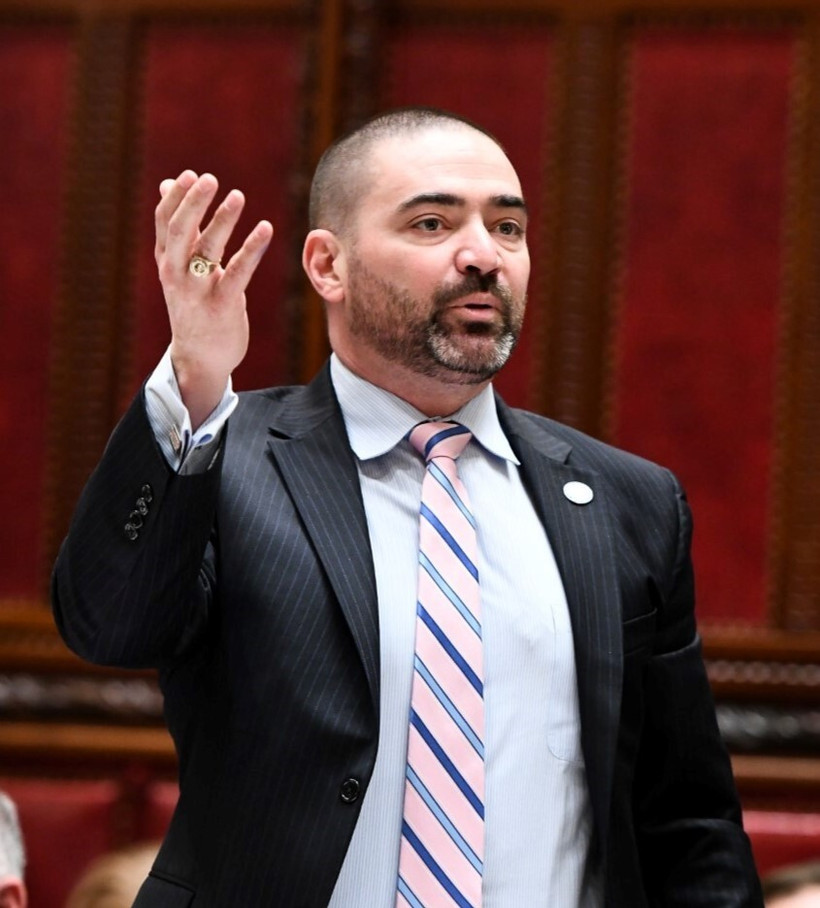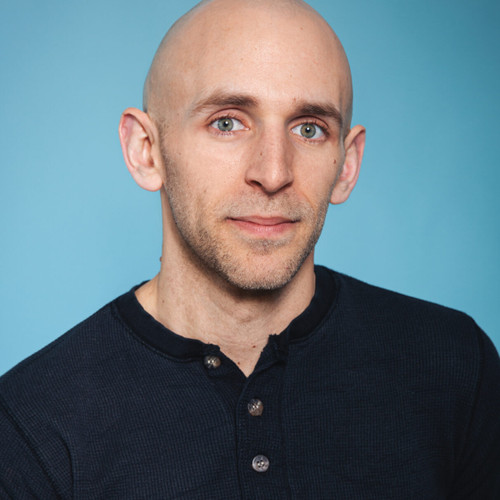‘Doom County Jail’: Dysfunction Plagues Program for Incarcerated Opioid Users
Men locked up in the Broome County jail describe an opioid treatment program so shoddy, they risk withdrawal, relapse, and overdose.

“It’s definitely a good program, but I don’t think it’s being ran the way it was made to be.”
KEY POINTS
People incarcerated at the Broome County jail are struggling to access medication for opioid use disorder (MOUD) that the jail is legally required to provide. The men interviewed frequently suffer through mild to severe withdrawal while being denied the medicine that would eliminate their symptoms.
As a state senator, Fred Akshar voted for this law. He's now sheriff of Broome County, which has some of the highest rates of overdose in the state. He's fighting to reform a system that was never designed to support such programs.
Some men reported having to wait months to start on the MOUD program. Many struggle even if they get in, receiving doses too low to manage their disease.
Some who haven't been able to get on the program have smuggled in medications like Suboxone. Akshar's office treats these medications as contraband — a practice that research suggests does more harm than good.
MOUD programs in jails and prisons have been shown to reduce overdose rates in the community. But some men are released before they can get on Broome’s program, leaving them at extremely high risk for relapse and overdose.
“I don’t feel well at all right now.”
“I’ve been craving heroin and I don’t want to use but I am an addict who given the oppertunity will use heroin and I don’t want to die from heroin overdose.”

“I’m like a potential overdose waiting to happen.”
“They just keep saying I gotta wait.”








